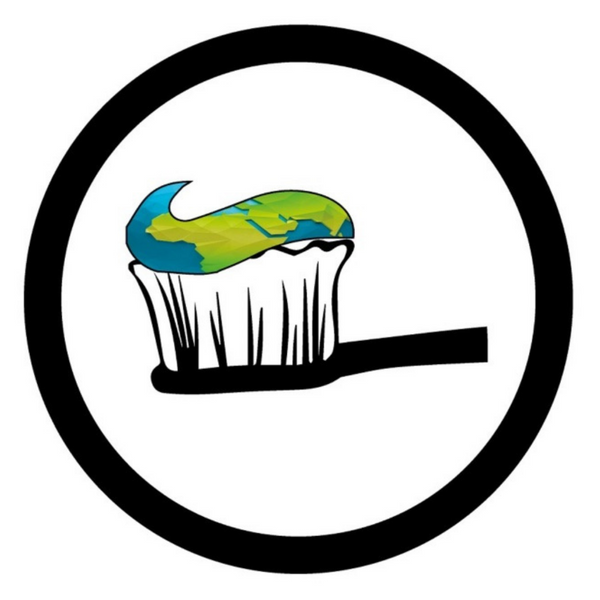Brushing your teeth is an essential part of your daily routine, helping to maintain good oral hygiene, and preventing tooth decay and gum disease. While it may seem like a simple decision, choosing the right toothbrush can have a significant impact on how effective brushing your teeth is. And with so many different toothbrush options available, how do you choose the right one? In this article, we cover the different factors that you should consider when choosing a toothbrush, from bristle type and design, to your personal dental needs.
1. Bristle Type
One of the first decisions you'll need to make when selecting a toothbrush is the type of bristles you would like. Bristles come in three main varieties: soft, medium, and hard.
Soft Bristles: Dentists tend to recommend soft-bristle toothbrushes as these are gentler on your tooth enamel and gums, in particular if you have soft gums or erosion.
Medium Bristles: These bristles are more abrasive, and are typically not recommended unless otherwise specified by your dentist. If you do use a medium-bristle brush, be wary of how much pressure is applied.
Hard Bristles: Hard-bristles brushes remove more plaque, but are often too abrasive. This can lead to receding and damaged gums or enamel erosion over time. Dental professionals don’t tend to recommend hard-bristle brushes.

2. Bristle Design
As well as bristle type, you might want to consider bristle design. Toothbrushes come with various bristle designs to cater to different dental needs, and the most common types include:
Flat Bristles: This is your standard toothbrush bristle design. All the bristles are arranged evenly and equal in length. However, these are less effective at cleaning the area between the teeth. The solution? Multi-level bristles.
Multi-Level Bristles: These feature bristles of varying heights. The shorter tufts can brush the tooth surface, while the longer tufts can clean the area in between the teeth.
Angled Bristles: These bristles are angled to reach difficult-to-access areas and provide a more thorough clean than flat bristles.
Gum Bristles: Commonly used on interdental brushes, these are rubber bristles or inserts designed to clean and massage the gums.
V-Shaped Bristles: Typically used by brace-wearers, v-shaped bristles can brush both the teeth and the braces. However, this is not as effective as cleaning the area between the teeth.
3. Head Size
The size of your toothbrush head also plays an essential role in cleaning your teeth and gums. The head of your toothbrush should fit into your mouth, and allow you to reach all areas without discomfort.
Smaller-headed (or diamond-shaped) toothbrushes are recommended by dentists as they can clean hard-to-reach places, like your back teeth.

4. Handle Design and Grip
Toothbrush handles come in various shapes and materials. Though straight handles work well for most people, other designs can offer additional support.
Straight Handles: These straight and rectangular handles are the most common type of handle, and work well for most people.
Ergonomic Handles: Ergonomic handles are designed to fit more comfortably in your hand, and can help to reduce strain and fatigue when you brush your teeth.
Angled Handles: Some toothbrushes have angled handles that can make it easier to clean hard-to-reach areas.
Non-Slip Grip: Non-slip handles prevent your toothbrush from slipping out of your hands.
5. Handle Material
Plastic toothbrushes are often the conventional choice. However, concerns around their environmental impact have meant that bamboo toothbrushes have gained popularity among eco-conscious consumers.
Plastic: Plastic tends to be more durable than bamboo, but the production and disposal is terrible for the environment, contributing to harmful plastic pollution.
Bamboo: Bamboo is a fast-growing and renewable resource, which breaks down naturally over time. This means it has little to no impact on the environment.
Recycled Plastic: Some toothbrushes are made from recycled plastic, which can help divert plastic waste from landfills, and reduces the need for harmful plastic production.

6. Manual vs. Electric
Both manual and electric toothbrushes can clean your teeth when used with the proper brushing technique, so the choice comes down to personal preference.
Manual Toothbrushes: Manual toothbrushes tend to be more available, affordable and portable. Using a manual toothbrush does require you to execute a proper brushing technique, but they are just as effective at cleaning your teeth than electric toothbrushes.
Electric Toothbrushes: Electric toothbrushes are more expensive, but can make it easier to remove plaque from your teeth. Additional features, such as a built-in timer or pressure sensors to prevent aggressive brushing, can also enhance your brushing experience.
7. Cost
Manual toothbrushes tend to be the more affordable option, while electric toothbrushes often come with a higher initial investment. Likewise, brushes with more unique bristle and handle designs might be more expensive than those with standard features.
You should strike a balance between what is the best toothbrush for you, and what you can realistically afford.
8. Personal Dental Needs
Perhaps the most important factor to consider when choosing the right toothbrush is your specific dental needs. Though you should consult your dentist for personalised recommendations, some common factors to consider include:
Gum Sensitivity: If you have sensitive gums, a soft-bristle toothbrush with gentle gum massaging features can help.
Braces or Orthodontic Appliances: People with braces may benefit from toothbrushes with special designs, such as v-shaped bristles, to ensure a thorough clean around the wires and brackets.
Sensitive Teeth: For individuals with sensitive teeth, there are toothbrushes designed to minimise irritation.
Dental Work: If you have dental implants, crowns, or bridges, your dentist might recommend a specific toothbrush to help maintain the work.
Brush Fresh is founded and run by a group of UK-based dentists, who specialise in environmentally-friendly and sustainable dental products. From biodegradable bamboo toothbrushes to zero waste toothbrush tablets, our product range has been designed to put both your dental health and the environment first. For more information and dental care advice, head over to our blog page or get in contact with us here.

